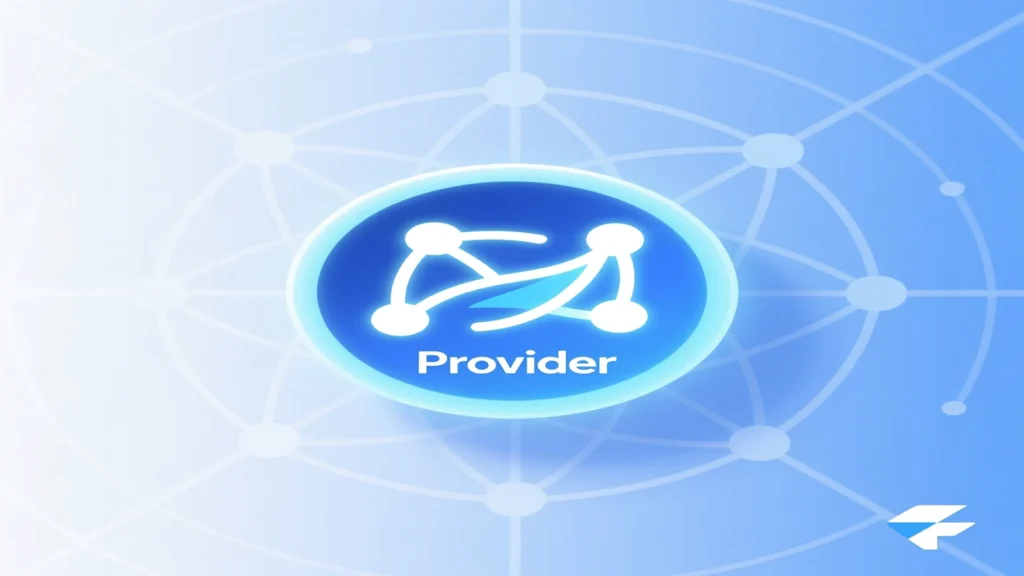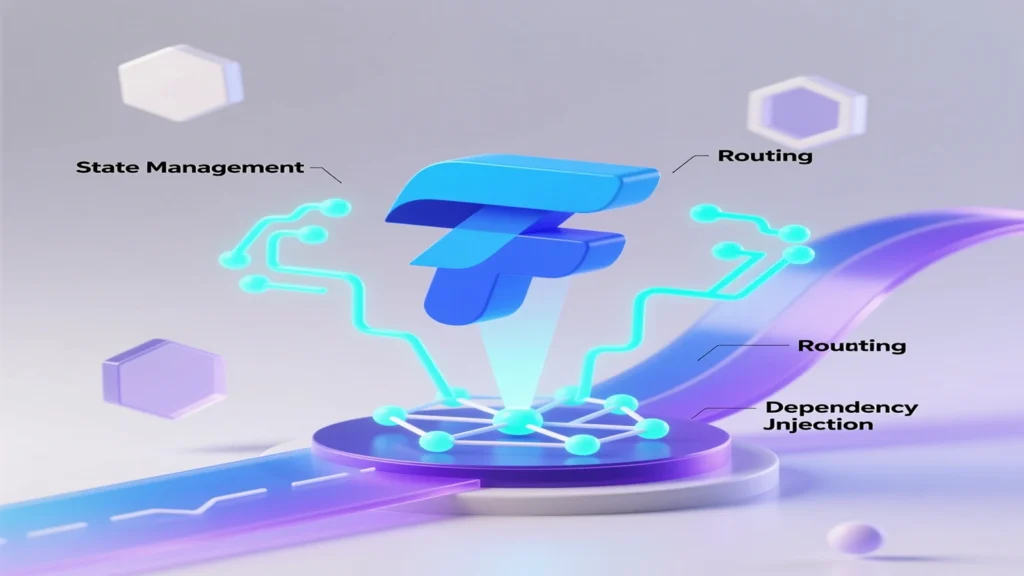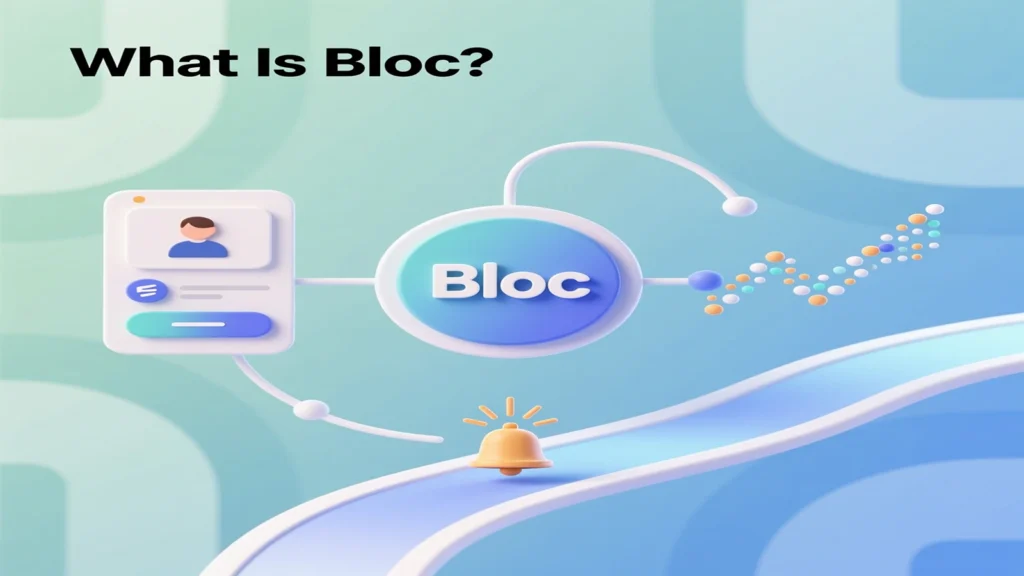
What Is State Management?
When you make a Flutter app, your app needs to remember things. It needs to know what the user typed. It needs to know which page the user is on. It needs to know if the user is logged in or not. All this information is called state. State management is how your app stores and uses this information. Think of it like your brain remembering things. Your brain remembers what you ate for lunch. It remembers where you put your keys. Apps need to remember things too.
Why Do We Need State Management Tools?
Flutter apps can get big and complex. Without good state management, your app code becomes messy. It becomes hard to fix bugs. It becomes hard to add new features. State management tools help keep your code clean. They help different parts of your app talk to each other. They make your app faster and easier to work with.
Three Popular State Management Tools
There are many state management tools for Flutter. Today we will talk about three popular ones:
- Provider
- GetX
- Bloc
Each tool has good points and bad points. Let us learn about each one.

What Is Provider?
Provider is made by the Flutter team. It is the official way to manage state in Flutter apps. Many developers use Provider because it is simple and works well. Provider follows a pattern called lifting state up. This means you put your app data in a high place. Then you share it with the parts that need it.
Good Things About Provider
Provider is easy to learn. New Flutter developers can start using it quickly. The code is clean and easy to read. Provider works well with Flutter. Since the Flutter team made it, it fits perfectly with Flutter apps. You will not have strange bugs or problems.
Provider is lightweight. It does not make your app big or slow. Your app will still run fast on old phones. Provider has good testing support. You can test your app code easily. This helps you find bugs before users see them.
Bad Things About Provider
Provider can get messy with big apps. When your app has many features, Provider code can become hard to manage. Provider does not handle side effects well. Side effects are things like getting data from the internet or saving files. You need extra tools to handle these things. Provider requires more setup code. You need to write more lines of code to get things working.

What Is GetX?
GetX is a complete package for Flutter apps. It does state management, routing, and dependency injection. GetX promises to make Flutter development faster and easier.
GetX uses reactive programming. This means when data changes, the app automatically updates the screen. You do not need to manually refresh things.
Good Things About GetX
GetX is very powerful. It can do many things besides state management. You can use it for navigation, showing snack bars, and managing app dependencies. GetX has less boilerplate code. Boilerplate code is repetitive code that you need to write. With GetX, you write less code to get the same results.
GetX is fast. It updates the screen quickly when data changes. Your app will feel smooth and responsive. GetX has good documentation. The creators wrote clear guides and examples. This makes it easier to learn.
Bad Things About GetX
GetX can be too magical. Sometimes you do not understand how things work. This makes debugging harder when things go wrong. GetX is not official. The Flutter team did not make it. This means it might not work well with future Flutter updates.
GetX can encourage bad habits. Because it is so easy to use, developers might write messy code without thinking. GetX adds extra size to your app. Your app will be bigger when you use GetX.

What Is Bloc?
Bloc stands for Business Logic Component. It separates your app logic from your user interface. Bloc follows strict rules about how data flows in your app. Bloc uses streams and events. When something happens in your app, you send an event. The Bloc processes the event and gives back a new state.
Good Things About Bloc
Bloc has excellent architecture. It forces you to write well-organized code. Your code will be easy to understand and maintain. Bloc is great for testing. You can test your app logic without the user interface. This makes finding bugs much easier. Bloc handles complex scenarios well. When your app has complicated business rules, Bloc can manage them properly.
Bloc has strong community support. Many developers use Bloc. You can find help and examples easily. Bloc works well with other tools. You can combine Bloc with other packages without problems.
Bad Things About Bloc
Bloc has a steep learning curve. New developers need time to understand how it works. The concepts can be confusing at first. Bloc requires more code. You need to write events, states, and blocs. This means more files and more typing.
Bloc can be overkill for simple apps. If your app is small and simple, Bloc might be too much. Bloc updates can be slow. Because it follows strict patterns, sometimes the screen updates are not instant.
Which One Should You Choose?
The best choice depends on your needs. Here are some guidelines:
Choose Provider If:
- You are new to Flutter development
- Your app is small to medium size
- You want official Flutter support
- You prefer simple and clean code
- You do not need complex state management
Choose GetX If:
- You want to build apps quickly
- You need routing and state management together
- You like reactive programming
- You want less code to write
- You are comfortable with magic solutions
Choose Bloc If:
- Your app has complex business logic
- You care about code architecture
- You need excellent testing support
- You work with a team of developers
- You plan to maintain the app for a long time
Real World Examples
Small Shopping App
For a simple shopping app with a few products, Provider works well. You can manage the shopping cart and user login easily.
Social Media App
For a social media app with real-time updates, GetX might be better. It can handle notifications, user posts, and navigation smoothly.
Banking App
For a banking app with complex rules and security, Bloc is the best choice. You need strict control over data flow and excellent testing.
Learning Resources
For Provider
The Flutter website has official Provider tutorials. Start with the simple counter example. Then move to more complex examples.
For GetX
The GetX GitHub page has good documentation. There are video tutorials on YouTube. Join the GetX community on Discord for help.
For Bloc
The Bloc library website has excellent tutorials. Start with the counter example. Work through the weather app tutorial. Practice with small projects first.
Final Tips
Start with Provider if you are a beginner. Learn the basics of state management first. You can always switch to other tools later. Do not try to learn all three tools at once. Pick one and become good at it. Then explore others when you feel comfortable. Practice with small apps first. Build a todo app or calculator. Understanding comes from doing, not just reading.
Read other people’s code. Look at open source Flutter apps. See how experienced developers use these tools.Remember that tools are just tools. The most important thing is understanding your app’s needs. Pick the tool that fits your project best.
Conclusion
Provider, GetX, and Bloc are all good choices for Flutter state management. Each has strengths and weaknesses.Provider is simple and official. GetX is powerful and fast. Bloc is architectural and testable.Your choice should depend on your project needs, team skills, and long-term goals. Start simple and grow from there.
The Flutter ecosystem keeps growing. New tools and patterns emerge regularly. Stay curious and keep learning. The best state management solution is the one that helps you build great apps for your users.
